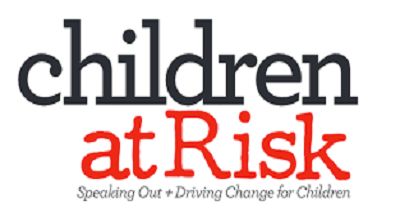At-Risk Children
“At-risk children” is a term used to describe children. Who is more likely to face adverse circumstances or challenges? That can negatively impact their development and well-being. These challenges can vary widely and may include factors. Such as poverty, abuse, neglect, family instability, health issues, and more. At-risk children often require additional support and intervention to help mitigate these risks. And ensure they have the opportunity to thrive.
Examples of factors that can put children at risk include:
- Poverty: Children growing up in low-income households may lack access to basic necessities. Such as nutritious food, stable housing, and quality healthcare. This can lead to developmental delays and hinder educational attainment.
- Child Abuse and Neglect: Children who experience physical, emotional, or sexual abuse. Neglect from their caregivers is considered at-risk. These experiences can lead to long-term emotional and psychological trauma.
- Family Instability: Divorce, separation, or frequent changes in caregivers can disrupt a child’s sense of stability and security.
- Substance Abuse: Parents or caregivers with substance abuse problems may struggle to provide a safe. And nurturing environment for their children.
- Mental Health Issues: Children with parents or caregivers who have untreated mental health issues may face challenges related to neglect. Inconsistent caregiving, or exposure to mental health crises.
Extra Examples…
- Homelessness: Children who are homeless or living in unstable housing situations are at risk of missing out on education, proper nutrition, and other basic needs.
- Exposure to Violence: Children who witness or experience violence in their communities. Or homes may suffer from trauma and emotional distress.
- Health Issues: Children with chronic health conditions or disabilities may require extra support and resources to thrive.
- Limited Educational Opportunities: A lack of access to quality education can hinder a child’s intellectual and social development.
- Involvement in the Juvenile Justice System: Children who engage in delinquent behavior. Or have contact with the juvenile justice system are considered at risk of negative life outcomes.
Final Words
It’s important to note that being at risk does not determine a child’s future. Many organizations, social services, and programs are dedicated to helping at-risk children. And their families by providing support, resources, and interventions to improve their chances of leading healthy and successful lives. Early identification and intervention can make a significant difference in the outcomes for these children.
